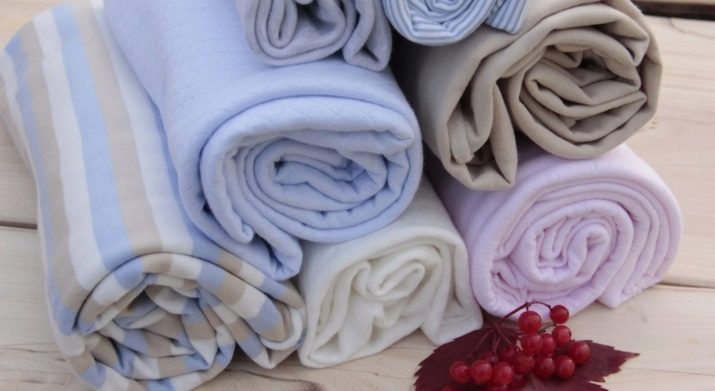The footer combines the best qualities of natural fabric. This material with a flat surface and a soft wrong side almost does not crease, retains its appearance even after repeated washing. This fabric is used for sewing children's, adult and even informal clothes that are comfortable. To clothes from the footer retained its original appearance and shape, polymer fibers, for example, lycra, are added to the fabric.

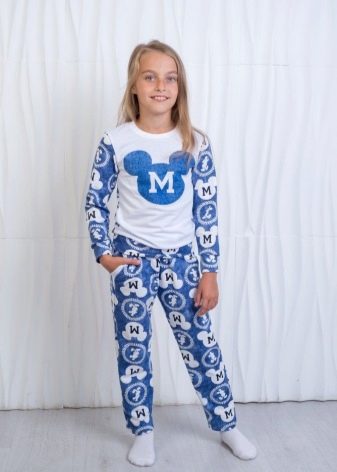
Material Description
A footer is a variant of knitwear that is made on special equipment. The main difference is that two threads are used for its production, one of which creates a smooth base, and the second a soft pile. But there is also a single-strand footer, which is based solely on cotton fibers, and a three-strand foot, which includes up to 20% of artificial additives.
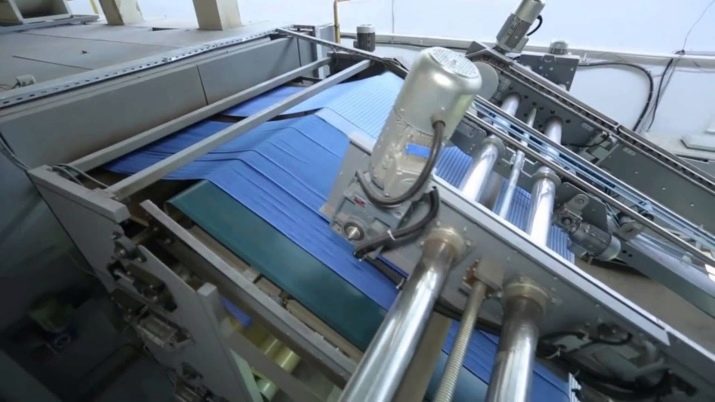
The composition of the first lining cloths included exclusively cotton fibers, but then to increase wear resistance and improve the appearance of the material, other fibers began to be added to the composition.
- Synthetic (polyester, lycra) - improve the elasticity and appearance of the material. From such fabric women’s bathrobes, skirts, sweaters, tracksuits and more are sewn.
- Wool - makes the material warmer, but after washing can significantly “sit down”. The fabric is rather coarse and suitable for outerwear (coats, jackets and more).
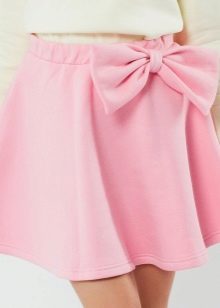

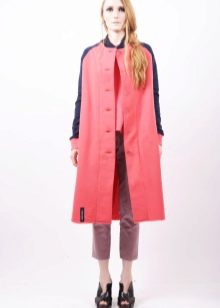
Usually, clothes for newborns are sewed from the footer without additives (romper suit, hats, vests, etc.). Also, such clothes are suitable for people prone to skin allergies.
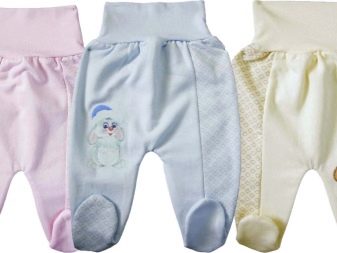
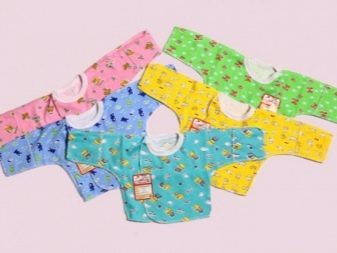
The double-thread footer is made of cotton fibers.These fibers are obtained from cotton, the fruits of which are filled with soft fluffy threads. The fruits are picked by hand or with the help of combines, then they go through the process of cleaning from seeds and foreign impurities, sorted by the length of the fibers, pressed, and the result is yarn, which is used to make fabrics.
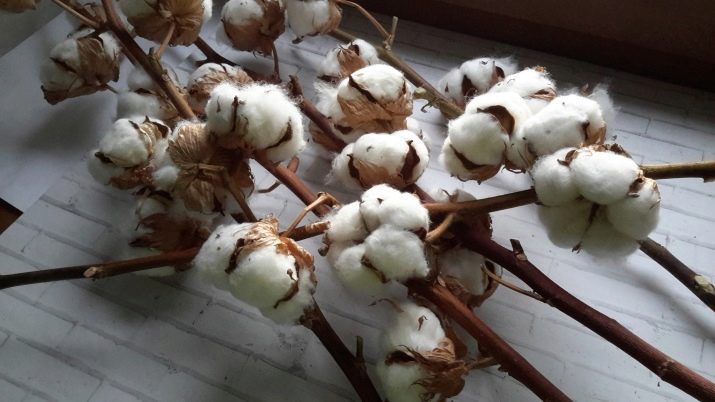
The special structure of the footer is obtained by weaving two different types of threads:
- smooth and strong for the base;
- soft and fluffy, slightly curled.
To keep things longer in their original form and not deformed, synthetic threads are present in the composition. A special weave allows you to get a strong and at the same time elastic fabric.
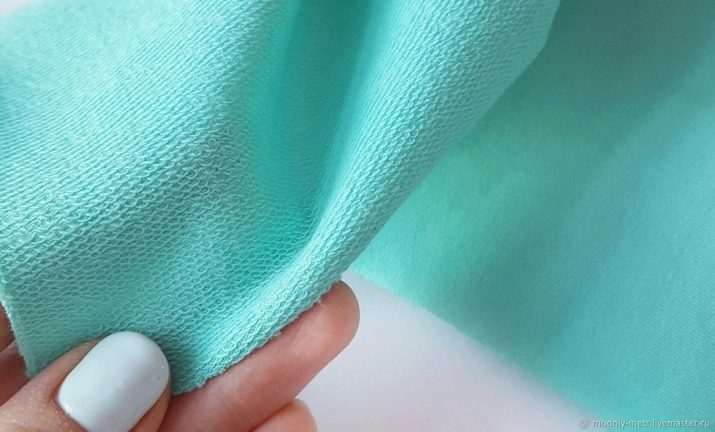
Fleece on the inside happens with long and short fibers, which affects the density and softness of the fabric. The density of the footer is from 170 to 350 g / m2.
The composition may include:
- lycra;
- wool;
- viscose;
- polyester.
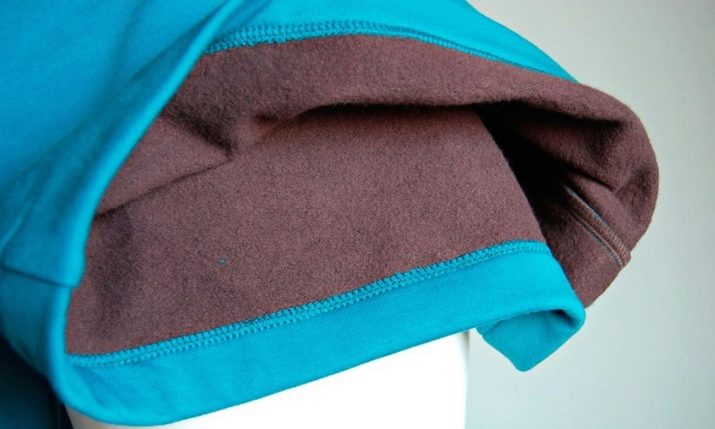
The thickness of the threads and the percentage of additives affects the density of the material, but among the general properties can be distinguished:
- softness;
- strength;
- excellent ability to pass air and retain heat;
- does not constrain movement;
- does not require special care;
- affordable price.
Among all synthetic additives for footer, lycra stands out, the percentage of which can be from 2 to 20%. Even a small amount of this fiber makes the lining fabric flexible, prevents the product from stretching during wear, and also gives a good silhouette fit. A footer with additives of no more than 5% retains all the benefits of natural tissues and does not provoke irritation on the skin.
A large number of synthetic fibers are used mainly for the production of clothing that does not come in contact with the skin (sweatshirts, cardigans, etc.).
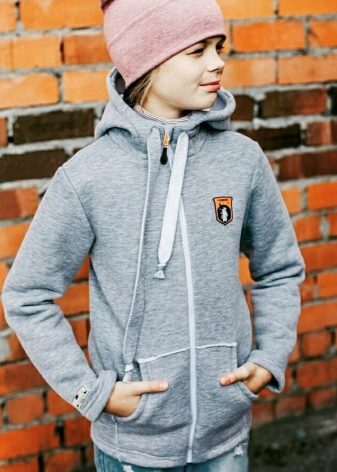
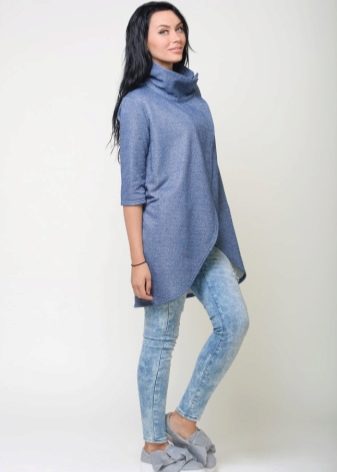
Artificial additives in tissues almost always cause a negative attitude among consumers. But elastic threads in natural fabrics improve the quality of the material and extend the life of the product. Pure cotton items can wear out while wearing, cling tightly to the figure, the seams on the items are thick, and things wear out quickly. But the addition of lycra eliminates the disadvantages of the material, it stretches well, while maintaining its original shape and appearance.
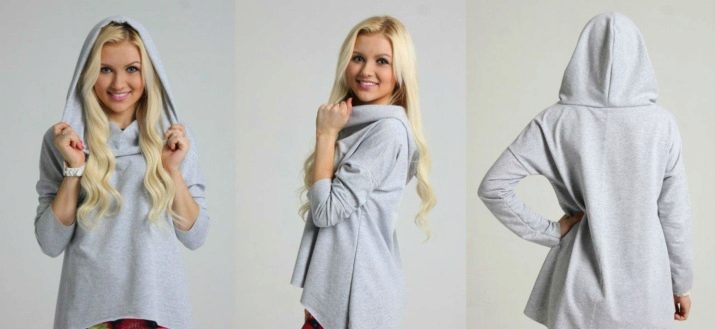
You will learn more about the footer of a dvutnik by watching the following video.
Two-thread with lycra
Elastic and durable knitwear. Products from this fabric sit well on the figure, distinguish advantages and hide flaws, the material absorbs moisture well and retains heat.
The canvas is made on knitting machines using a special technology, according to which the threads are knitted from the inside into the main fabric. This method of knitting allows you to get a soft and durable material with fleece. Lycra is added to one of the threads during knitting, resulting in a wear-resistant stretch material. Even a small percentage of lycra significantly changes the external characteristics of the fabric.
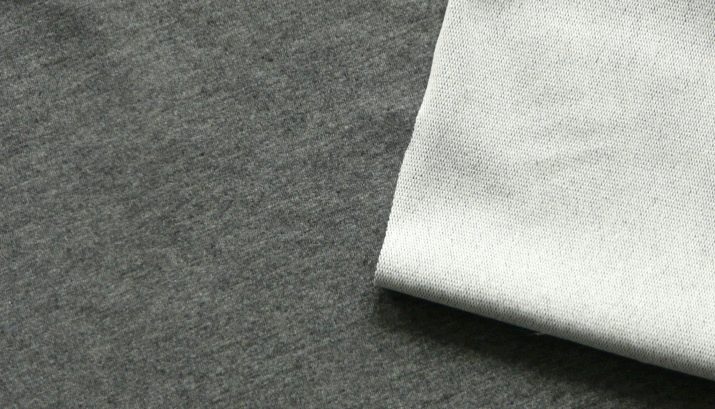
Advantages and disadvantages
What is the advantage of the footer fabric:
- environmental friendliness and hypoallergenicity - pure cotton with a minimum amount of lycra, which does not apply to allergens, practically does not cause allergic reactions, even for allergy sufferers;
- warm - natural fibers and a good pile on the wrong side allow you to keep heat as much as possible, while not creating a "greenhouse" effect;
- stretches well - knitwear easily takes the shape of the body and does not constrain movements, it is this quality that made the footer the most common material for sewing clothes for young children;
- absorbs moisture well - the fabric removes moisture from the body, preventing cooling;
- easy to care - the material tolerates washing in the washing machine.
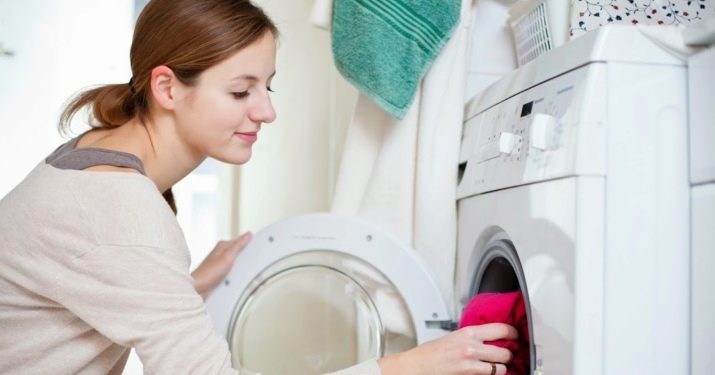
The disadvantages of the footer include:
- at high temperatures, the fabric may be deformed - it is undesirable to wash footwear in hot water or dry on batteries;
- does not withstand direct sunlight.
A favorable difference between the footer and other types of natural fabrics made of cotton is that this material practically does not crease.
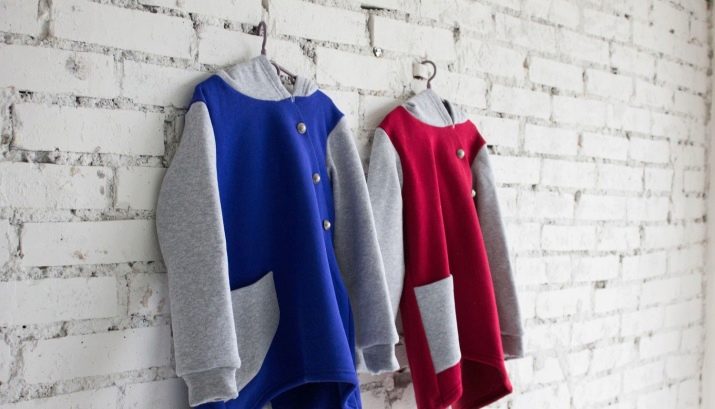
Types of fabric
There are several types of footer, which differ in consumer characteristics (number of threads, strength, etc.).
- Single thread - a thin material made from natural fibers, with a soft back, it is mainly suitable for sewing clothes for children.
- Double thread - fabric with the addition of synthetic yarns, most often lycra, with fleece on the wrong side. This is a denser material with a large pile on the wrong side. This fabric is suitable for sewing clothes for home and sports, pajamas, golfs, and the two-thread can be used as a lining.
- Three strand - a very durable fabric, which consists of three interwoven threads and has up to 20% synthetic impurities. The thickest material of all, with a thick pile on the inside, its composition may be wool. From it you can sew outerwear, insulated suits, and even sleeping bags.
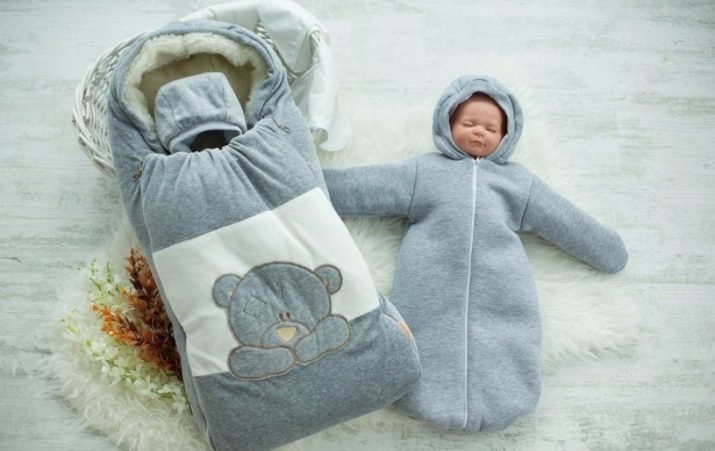
Use cases
Many useful and beautiful things can be sewn from the footer:
- clothes for children - bodysuits, blouses, suits for the smallest whose skin needs special care, as well as frequent washing do not spoil the appearance of the product, which is important for children's clothing;
- clothes for everyday life;
- linens;
- home clothes, pajamas, bathrobes;
- tracksuits;
- insulated underwear.
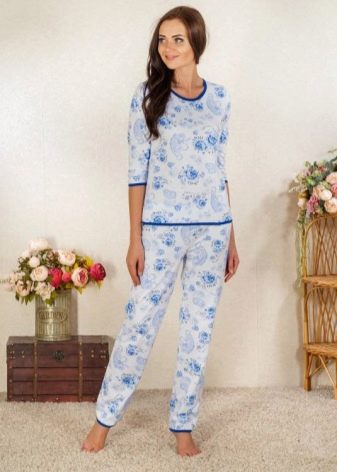
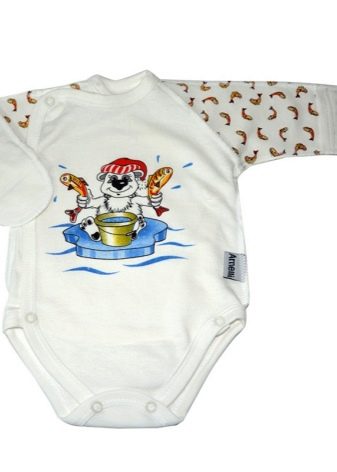
How to care for clothes?
The footer 2-thread with lycra is a durable and easy-to-care material, but if you properly care for the product, this will allow you to keep its appearance longer.
The rules for caring for a footer are simple:
- fasten the product before washing, turn it inside out, it is recommended to wash things with accessories in a special bag;
- wash at a temperature of 30-400 ° C, preferably in delicate mode;
- use special detergents to preserve color;
- do not use bleaches;
- It is not recommended to use an automatic dryer;
- do not dry in the open sun;
- ironed from the wrong side using the Synthetics mode.
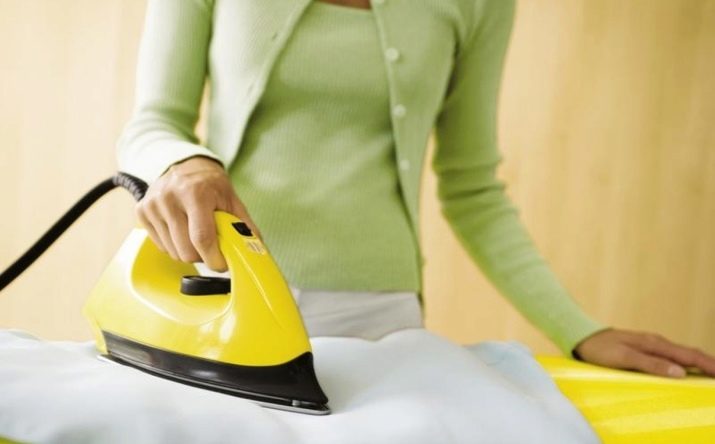
Reviews
Parents note that children's clothing made of this material is not only beautiful in appearance, but also in its quality. In such clothes, the child does not freeze, and does not sweat. And also things do not wear out for a long time, despite frequent washing.
A significant advantage is the relatively low price of footwear items. Children grow up very quickly, and you have to buy new clothes quite often.
Adults, especially lovers of an active lifestyle, did not remain indifferent to footwear products. Athletes note such a property of the footer as elasticity, the ability to absorb moisture, retain heat and withstand heavy loads.
And those who use the clothing of their footer in everyday life are attracted by the beautiful appearance and quality of products that do not stretch and remain “like new” even after prolonged use.
